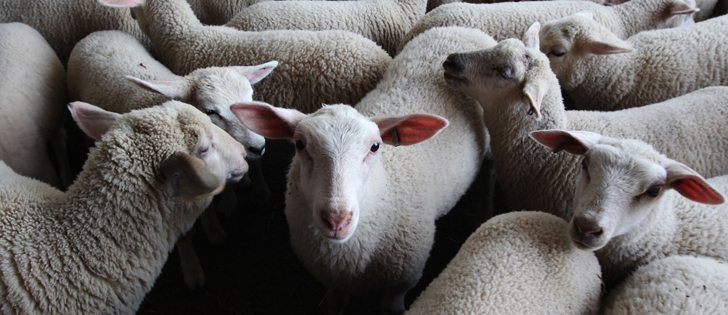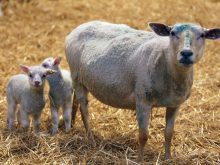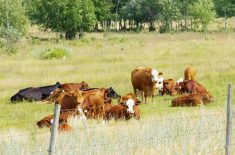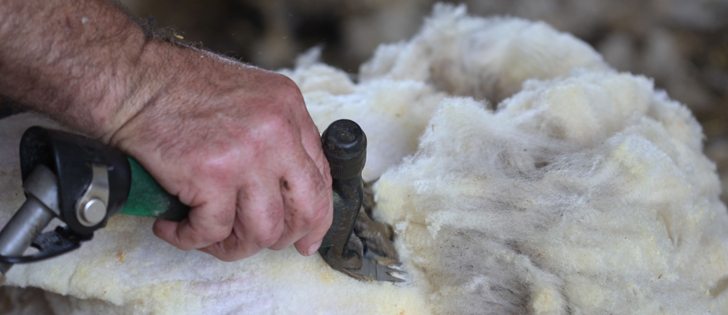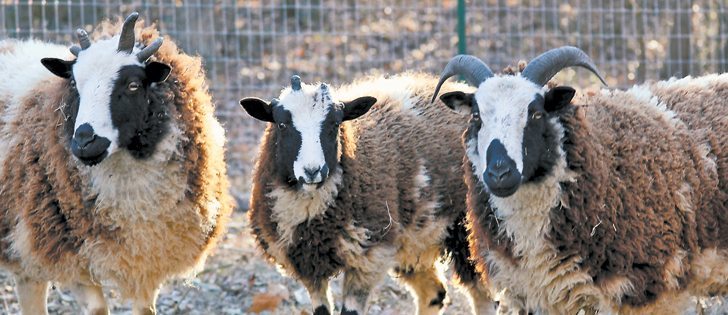Breeding sheep with greater disease resistance instead of treating symptoms could benefit animal welfare, food supply
RED DEER — Understanding sheep DNA could result in healthier, stronger animals.
“Genetics have a lot of advantages over our traditional approaches. Unlike changes in management, genetics are permanent and cumulative,” said Susan Schoenian, a sheep and goat specialist from the University of Maryland.
Breeding animals with greater disease resistance instead of treating symptoms with antibiotics and dewormers could be a great advantage to animal welfare and the food supply, she told the Alberta Sheep Symposium held in Red Deer earlier this fall.
“If we are able to select sheep that are footrot resistant, more parasite resistant, we are going to improve the welfare of our animals, not to mention our bottom line,” she said.
Read Also
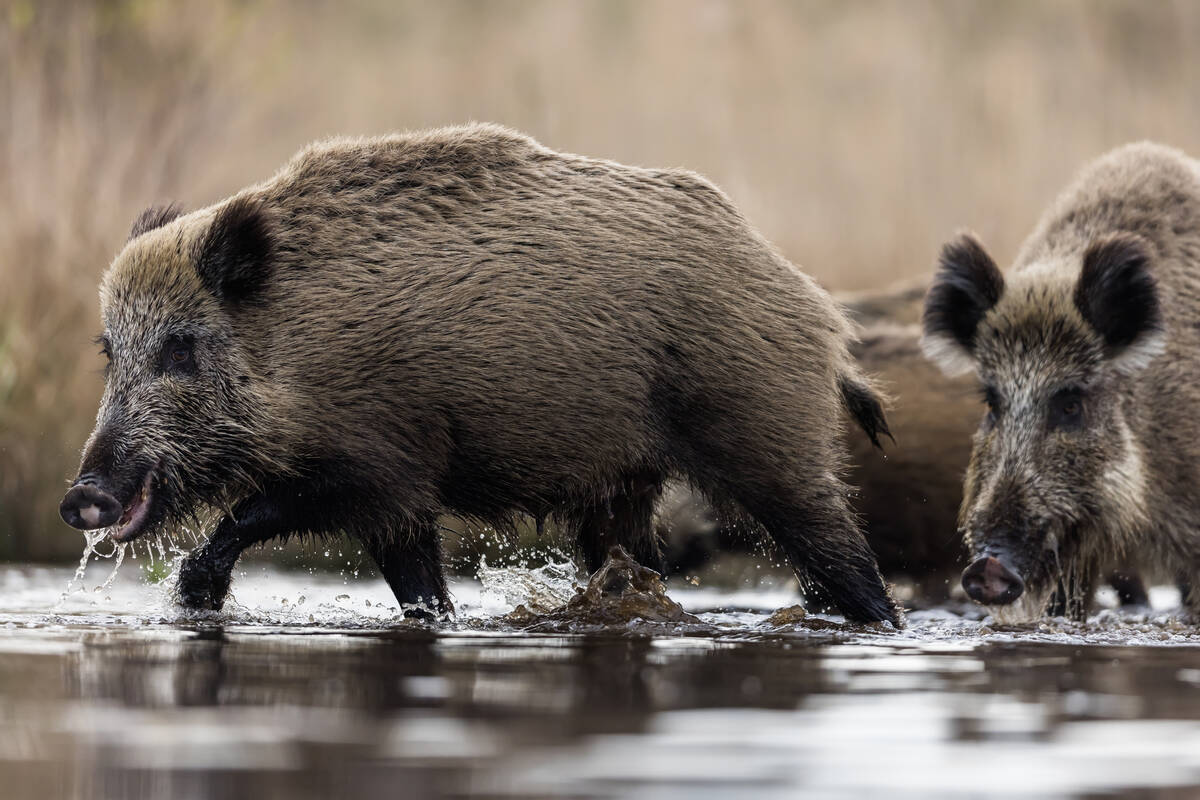
Manitoba bans wild boar possession
Manitoba has tightened the regulatory status of Eurasian wild boar in an effort to help fight back against invasive wild pigs.
“Anything we can do that is going to reduce the use of antibiotics and anthelmintics is going to be beneficial.”
Parasite resistance to commonly used dewormers called anthelmintics is a worldwide problem, but the industry would benefit tremendously if breeding rams and ewes carried resistance.
“Every country in the world is probably looking at identifying genetic markers for parasite resistance,” she said.
Resistance may be found in a particular breed, and researchers are attempting to isolate them and figure out how they can fight off common parasites.
“Maybe there are some breeds that are more resistant that we don’t know about,” she said.
It is important to understand that there is a difference between resisting the impact of worms and tolerating them.
Resistance is an animal’s ability to resist or limit infection and parasites that establish, reproduce and survive in the body.
Resilience is the ability of the host to tolerate parasitic infections, maintain health, thrive, grow and reproduce. It is less heritable than resistance.
Parasite resistance could be up to 40 percent heritable, but the ability to fight off other diseases or certain physical problems is less so. Some conditions could be lessened with more accurate genetic selection, but the phenotypic data needs to be collected before genomic work can be pursued.
“We lack a lot of that data,” Schoenian said.
Selecting for disease resistance involves a number of genes, but it may be worth pursuing if the condition is serious enough.
“I think lots of diseases have a genetic component, but lots of times we don’t know. It is difficult to measure,” she said.
There are significant genetic differences between breeds, but there are also as many differences among the individuals in a single breed to resist disease.
Crossbreeding to improve health and productivity provides hybrid vigour because it takes advantage of the strengths of different breeds.
Survivability in a cross-bred lamb is 10 percent higher than a purebred lamb. Select the best rams possible when trying to improve a herd because they have more genetic impact.
Costs need to be considered. A good ewe with valuable production traits may have to be culled to get rid of a disease such as ovine progressive pneumonia.
OPP or maedi-visna is a viral, incurable, slow acting wasting disease that affects sheep worldwide. It targets the immune system and is spread via colostrum and direct contact.
Researchers have discovered a gene that affects OPP susceptibility, which could offer an alternative approach to getting rid of this disease.
Footrot is one of the most common bacterial diseases affecting sheep worldwide and is the primary reason for culling animals. It is costly to treat and difficult to eradicate. It is also an animal welfare concern because it is painful and lambs fail to thrive.
Footrot is common in warm, moist environments, and it may be more difficult to find resistance because there are many strains of the disease.
Researchers in New Zealand have identified a genetic marker for footrot resistance that is commercially available. The research also found that animals resistant to footrot also appeared resistant to parasites. However, the same test did not appear to work well when tried in the United Kingdom.
Mastitis is inflammation of the mammary gland, usually caused by a bacterial infection. It is important mainly in dairy and other intensively managed flocks. It is the primary reason for culling ewes and can contribute to lamb mortality.
Somatic cell counts are low to moderately heritable, so selecting for resistance to mastitis is possible. Selection for good udder conformation traits may also help reduce incidence of mastitis.
Respiratory disease is another common cause of death.
Differences in susceptibility to respiratory disease have been documented in cattle. New Zealand research speculates selection could strengthen the immune system by breeding for disease and parasite resistance.
Lambing ease is a heritable trait, and expected progeny differences are available. Dystocia is a primary cause of death in lambs up to three days of age. It also contributes to ewe deaths.
Contact barbara.duckworth@producer.com


